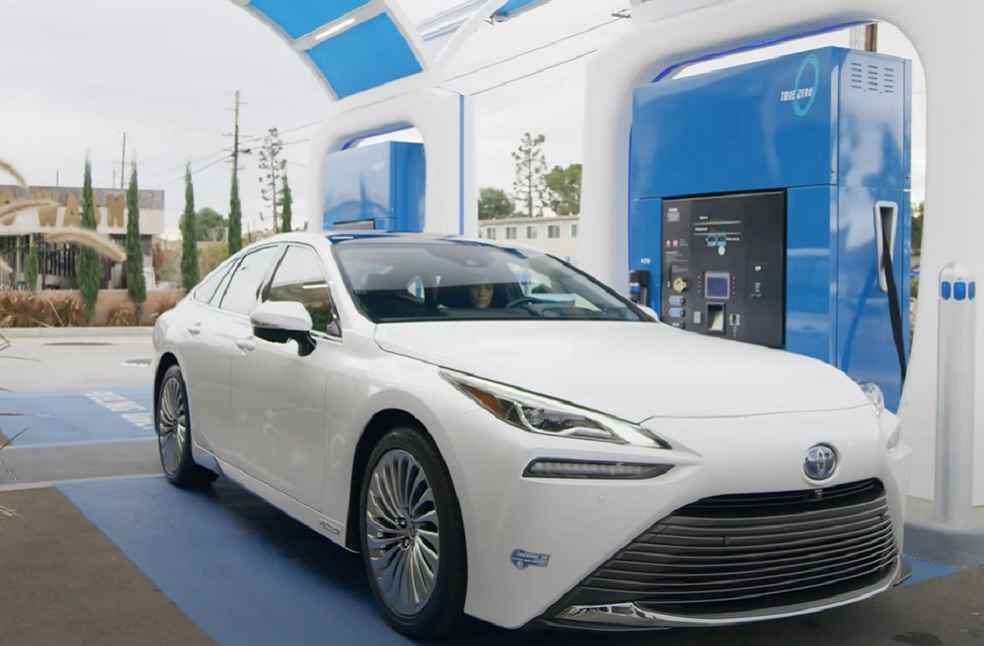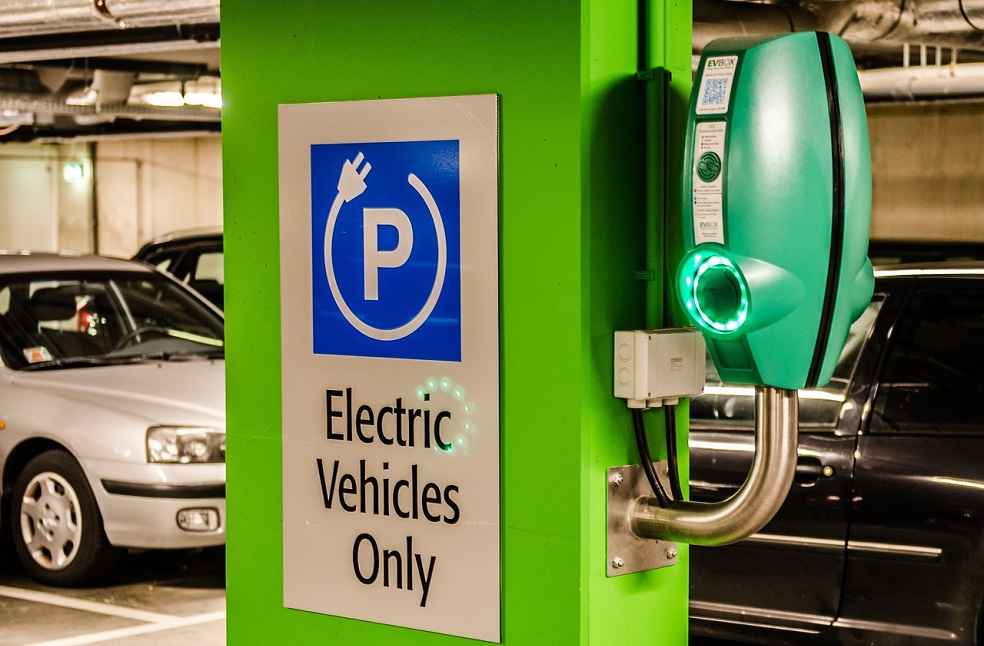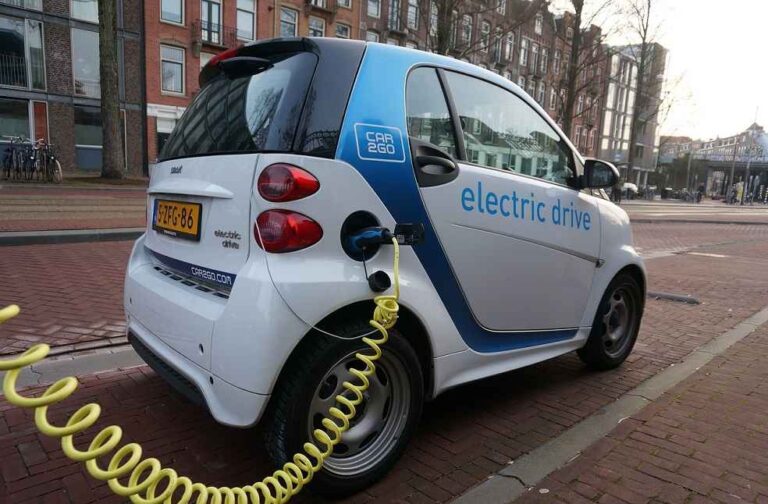Our world is undergoing an Auto Revolution, a transformation that is shaking up the auto industry before our eyes. Traditional vehicles powered by internal combustion engines are making way for groundbreaking, environmentally-friendly alternatives in this era of change.
Yes, the leaders of this new era are electric vehicles (EVs) and hydrogen fuel cell vehicles (FCEVs). If the current rate of growth does not slow down, it is expected that by 2075, conventional vehicles will be completely extinct.
Our planet craves for a robust and sustainable tomorrow. To contribute to this goal, it is essential to understand the distinguishing factors between these two technologies. This article aims to simplify the complexities of EVs and FCEVs, presenting a globally relevant perspective.

Electric Vehicles: Empowering Change
EVs draw their power from electricity stored in a battery pack, forming the vanguard of the green transition. These vehicles recharge their batteries via a home charger or a public charging station.
EVs captivate their audience with several alluring advantages. They emit zero pollutants, offer higher efficiency, and boast lower operating costs. Furthermore, leaps and bounds have been made in battery technology, with companies like Tesla blazing the trail. These innovations have led to batteries with improved energy storage, extended lifecycles, and reduced costs.

Yet EVs are not devoid of hurdles. A prominent issue is the inadequate charging infrastructure, particularly in rural and less-developed regions. Despite considerable reductions, the time required to charge an EV still considerably exceeds that of refueling a traditional vehicle.
The Path to a Brighter Future
Contrasting with EVs, FCEVs produce electricity via a chemical reaction between hydrogen and oxygen inside a fuel cell. Their emissions consist solely of water and heat, placing them as potential stars in a zero-emission future.
FCEVs present several advantages over traditional vehicles. They can be refueled as quickly and generally boast a longer driving range than most EVs. Also, FCEVs, less weighed down by batteries compared to EVs, are an appealing choice for larger vehicles like buses and trucks.

Yet FCEVs also grapple with substantial obstacles. The most significant of these is the lack of a robust infrastructure for producing, storing, and distributing hydrogen. Beyond that, storing and transporting hydrogen proves to be difficult and expensive, with the majority currently derived from natural gas through a carbon-emitting process.
Carving Out the Right Route
Comparison reveals that both EVs and FCEVs come with their unique strengths and weaknesses. The decision between them isn’t cut-and-dried and often depends on the specific use case and available infrastructure. For city drives and short-to-medium distance travel, EVs are a solid choice. On the flip side, FCEVs, with their speedy refueling and extended range, may suit heavy-duty, long-distance travel better.
Through a sustainability lens, both alternatives outperform traditional fossil fuel-powered cars. Yet the eco-friendliness of each depends significantly on the method of generating electricity or hydrogen. Utilizing renewable energy sources such as wind, solar, and hydro to charge EVs or create hydrogen can render these alternatives truly environmentally friendly.

The future isn’t about choosing EVs over FCEVs or vice versa, but exploring how these technologies can exist in harmony, catering to a variety of transportation needs while minimizing greenhouse gas emissions. To support our broader sustainable transportation goals, sustained research, development, and investment in both technologies are necessary.
Both EVs and FCEVs hold immense potential to revolutionize the automotive industry, steering us towards a sustainable future. Researchers, governments, and industries worldwide continue to work together to overcome remaining barriers to a sustainable and green global transportation system. Let us value ourselves as a generation that cares for nature for tomorrow, leading us to the next generation.
OBSERVATION | Auto Industry’s Intelligent Lighting Revolution





